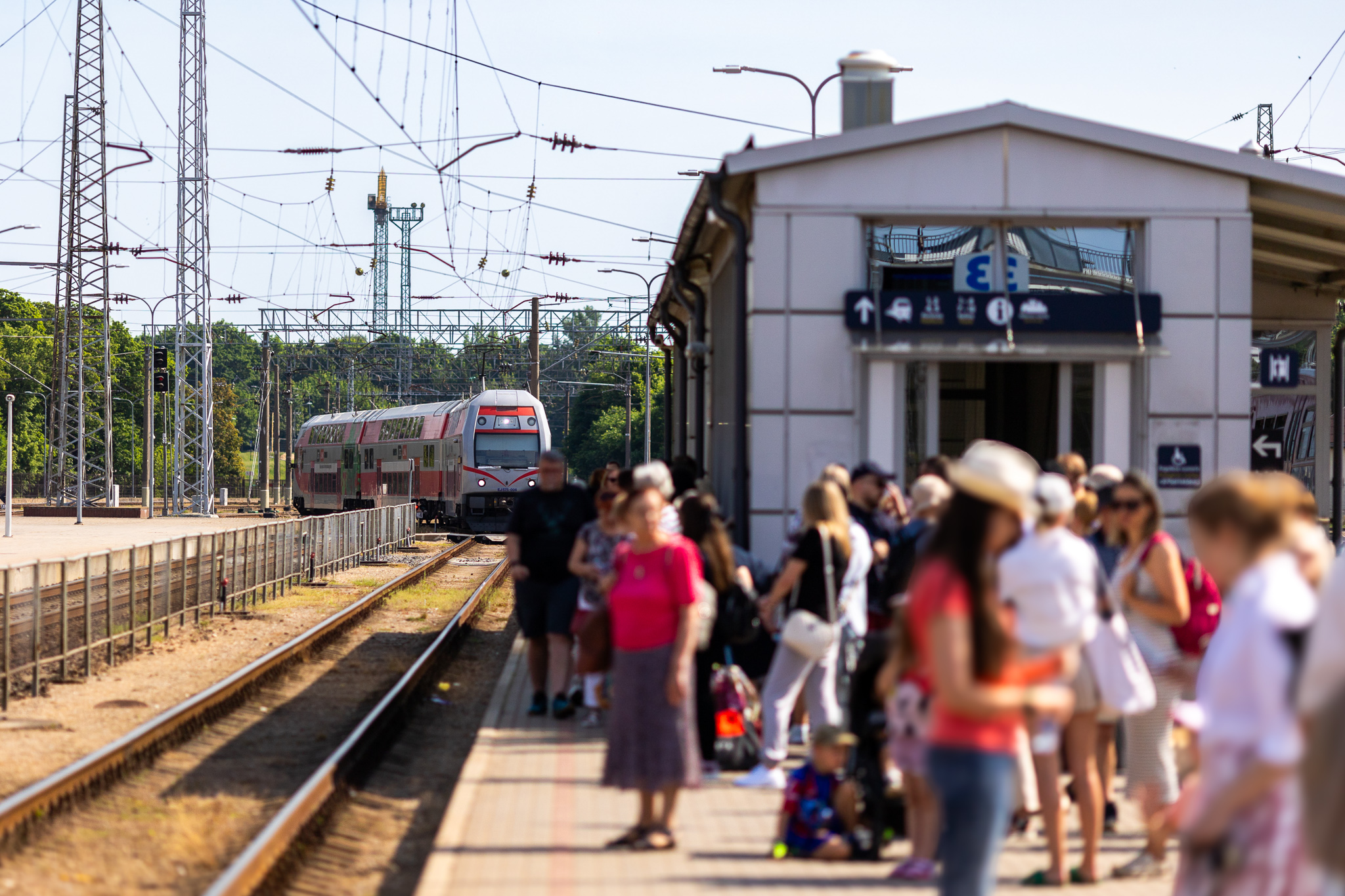Concrete solutions of the engineering infrastructure development plan of the Rail Baltica Panevėžys railway node were presented to the residents, communities, interested organisations and business representatives of Panevėžys city, district and nearby areas during the public hearing held last week.
 50 questions and suggestions were received during the entire public hearing period and meeting held in the Panevėžys City Municipality. The residents had been provided with the opportunity to consult on issues related to their property within or adjacent to the territory of the special plan of the Panevėžys railway node. Some of the public’s suggestions have already been responded to and the rest will be responded to individually within 10 working days.
50 questions and suggestions were received during the entire public hearing period and meeting held in the Panevėžys City Municipality. The residents had been provided with the opportunity to consult on issues related to their property within or adjacent to the territory of the special plan of the Panevėžys railway node. Some of the public’s suggestions have already been responded to and the rest will be responded to individually within 10 working days.
The coordinated Panevėžys railway node special plan is expected to be submitted to the Government for approval later this year and the procedures for land acquisition for public use are expected to be completed by the end of 2027.
One of the most important changes in the Panevėžys node territory is the preservation of all 23 residential buildings in the territory of the Šilas garden community. “The Ministry of Transport and Communications, in cooperation with the Department of Cultural Heritage, the Ministry of Culture and the LTG Group, agreed that the new railway route would be shifted to the eastern side, using the abandoned narrow-gauge railway territory that hasn’t been used for a long time. This is an excellent example of communication, consensus and purposeful development of the project,” said Mindaugas Tarnauskas, Deputy Minister of Transport and Communications of Lithuania.
Three possible alternatives were considered during the planning phase of the Panevėžys node infrastructure. Following a multi-criteria socio-economic cost-benefit analysis and a strategic environmental impact assessment, the first alternative with the highest socio-economic benefits was selected.
“Benefits include increased passenger flows, the integration of the international station into the city’s transport system, the potential for territorial and functional development in the vicinity of the international railway station, the separation of passenger and freight tracks, and the use of the existing infrastructure corridor in the city. The development of the infrastructure in Panevėžys will also enhance the potential of the whole region for international visibility, tourism, business growth, and the creation of new jobs,” said Vytis Žalimas, CEO at LTG Infra, the project developer.
Support for the first alternative, which envisages an international Rail Baltica station in Panevėžys, has already been expressed earlier by the Business Council of Panevėžys City and Panevėžys Region Industrialists Association. According to them, the Rail Baltica Panevėžys node will create significant added value for the development of the city and the region, and public, private, non-governmental and other sector organisations will experience significant positive benefits in terms of attracting and retaining employees or new talent in the region.
A total of three Rail Baltica international passenger stations are foreseen in Lithuania: in Vilnius, Kaunas and Panevėžys.
